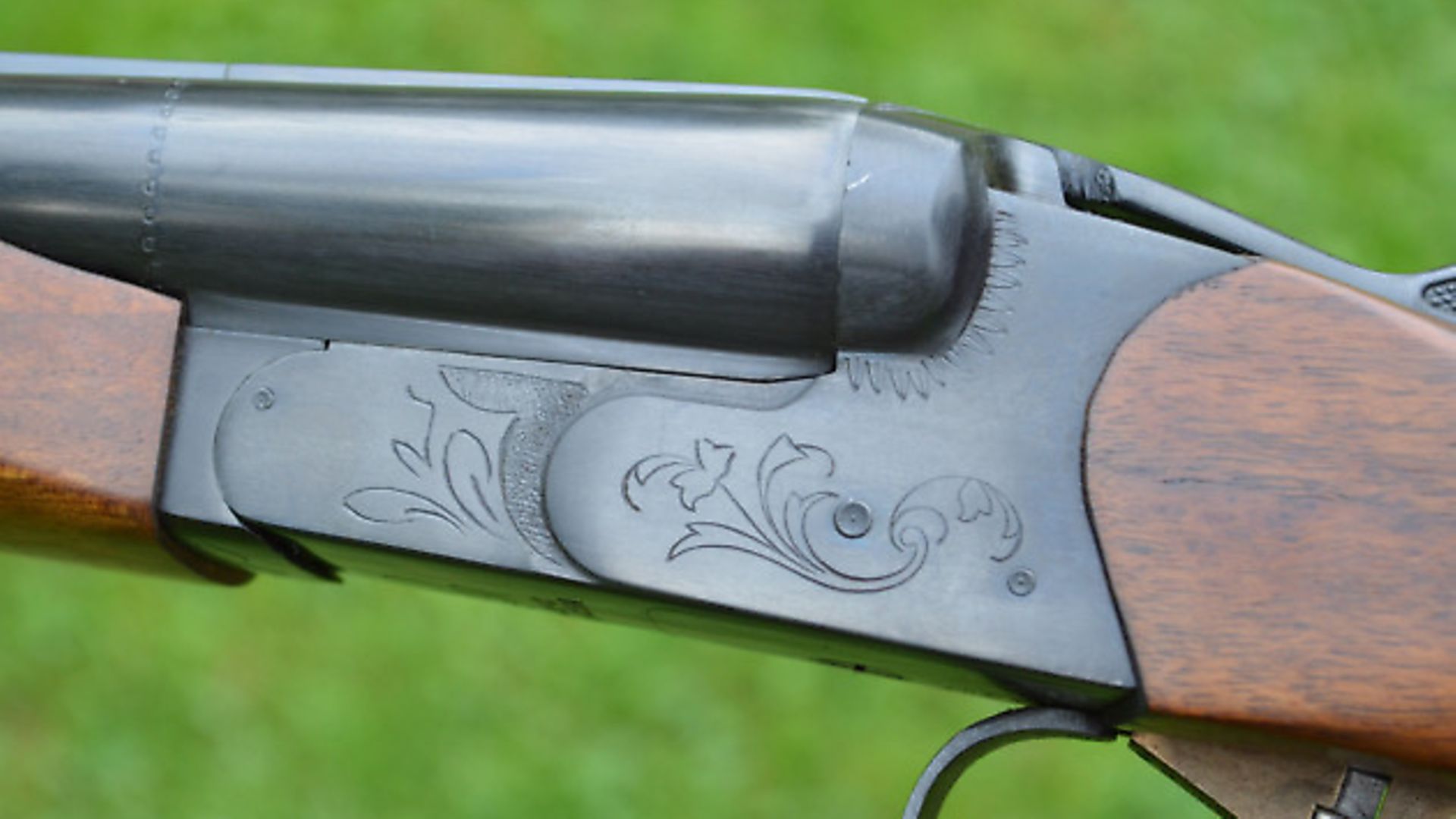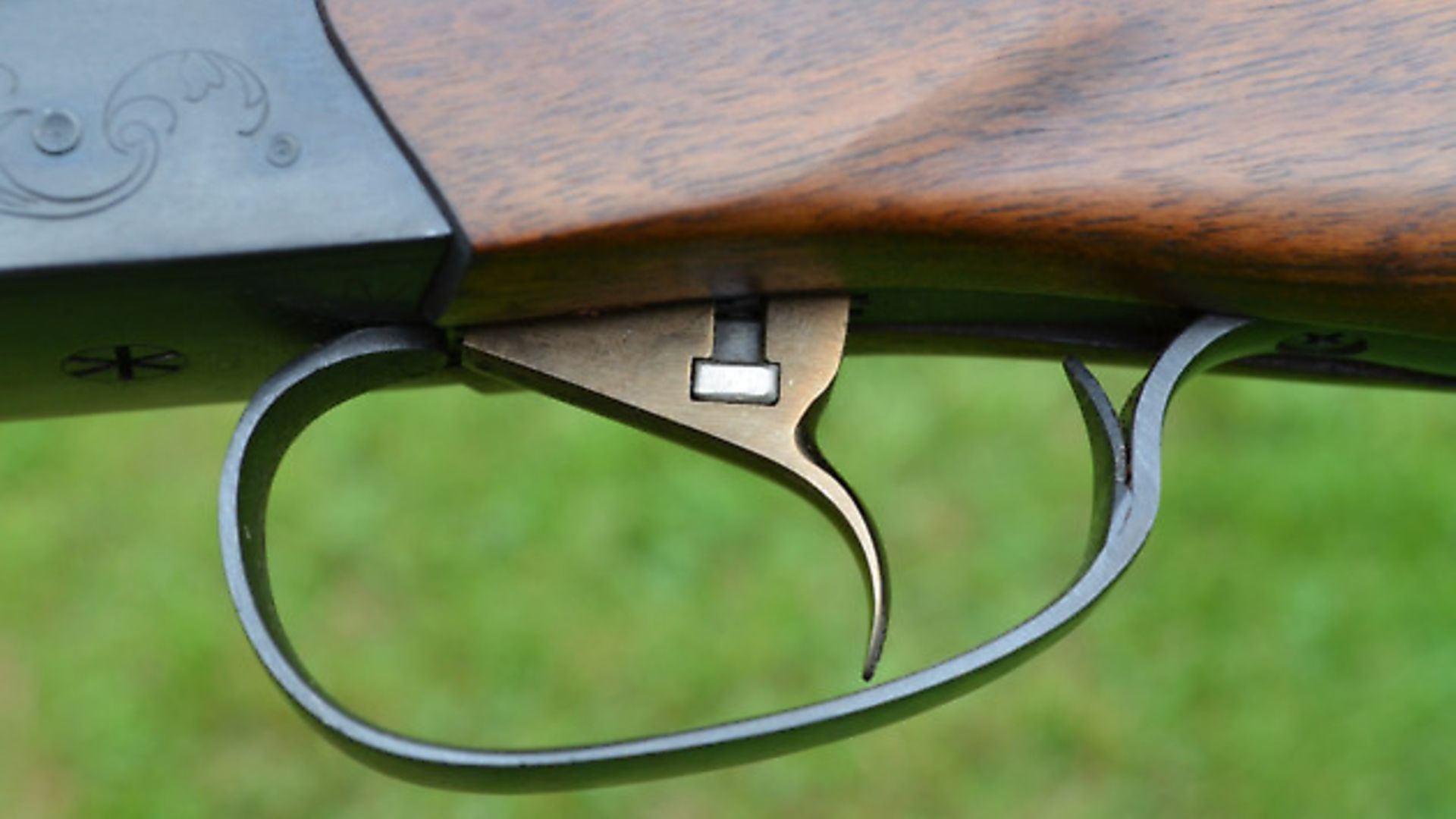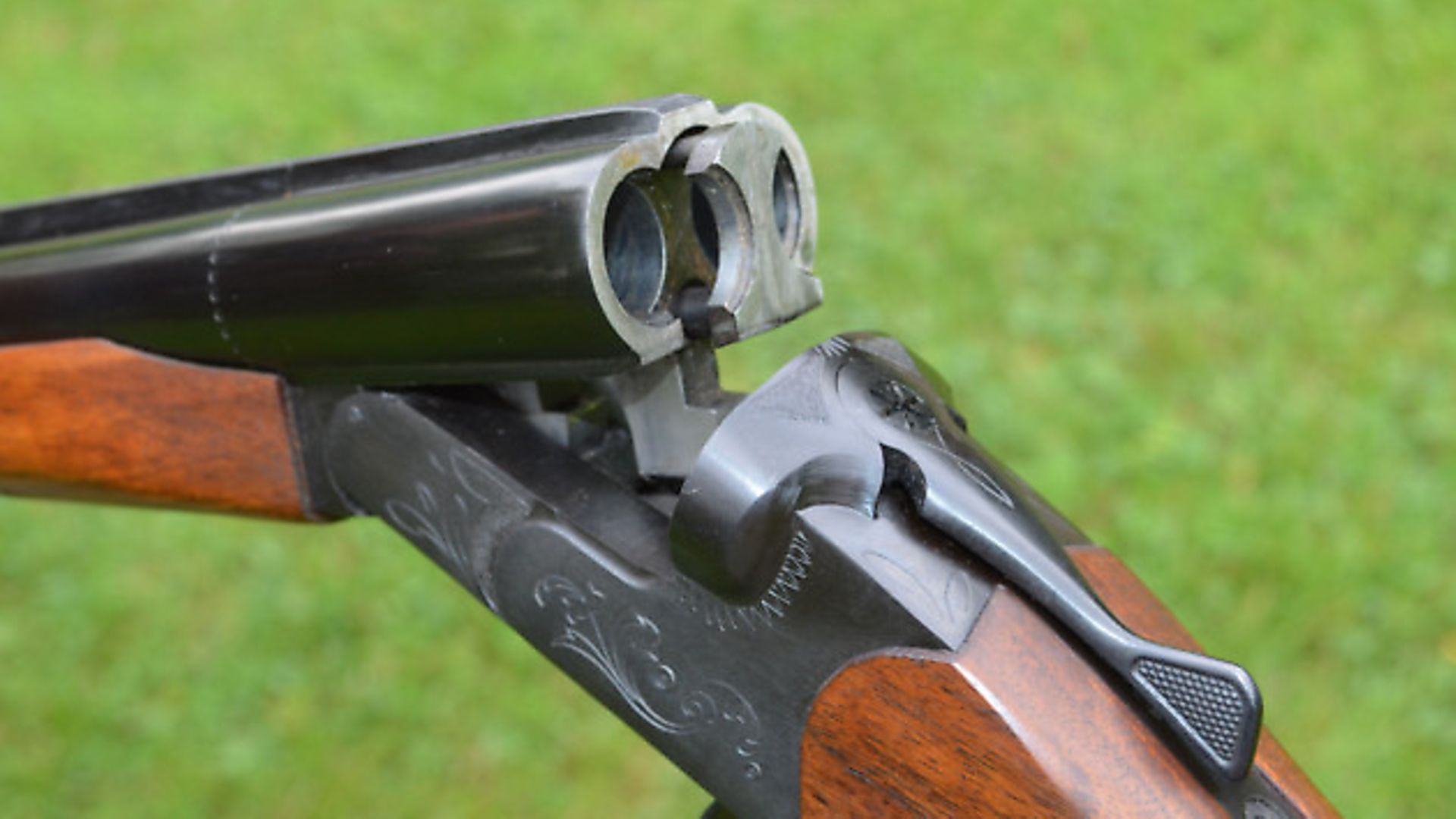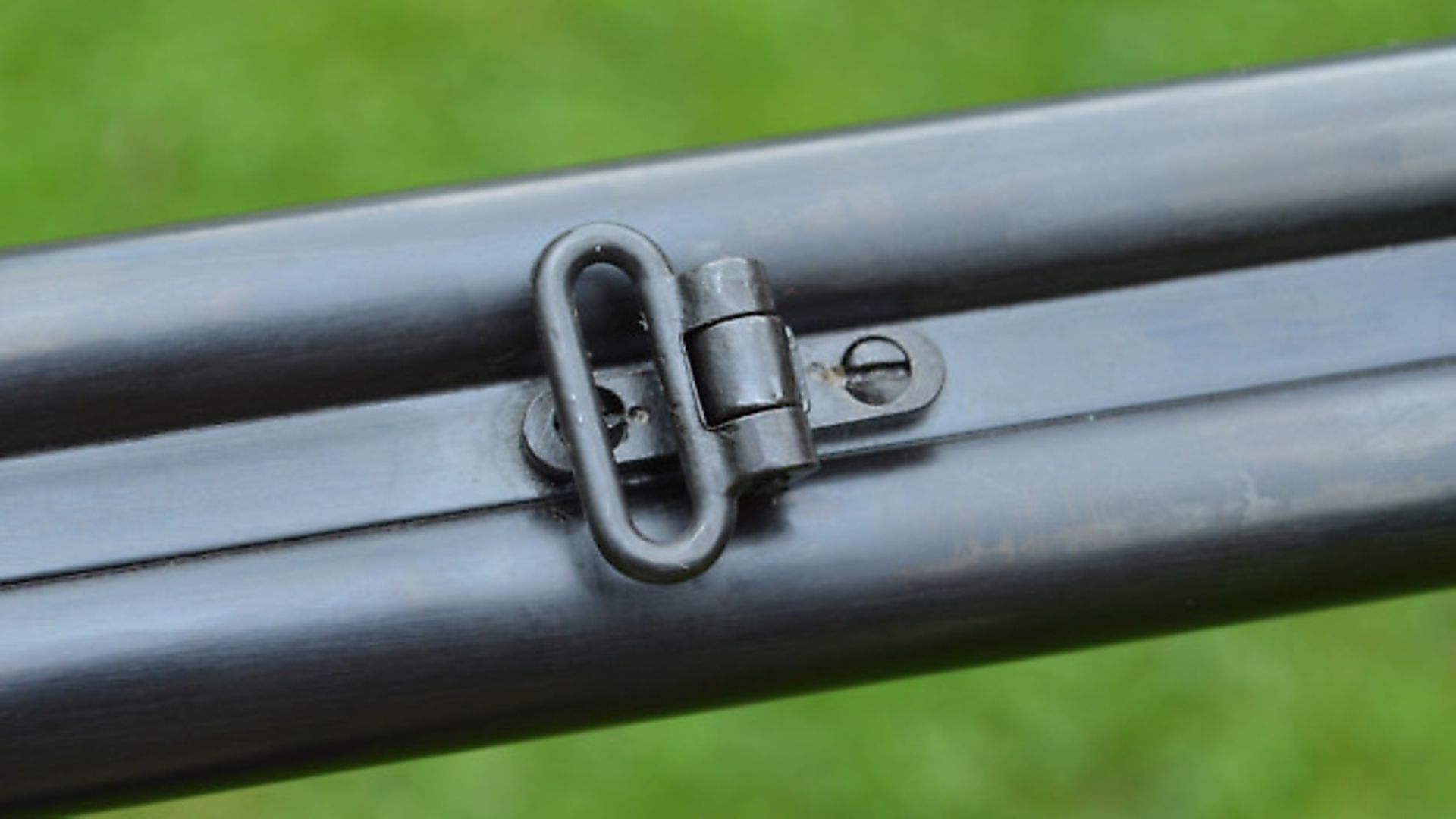Mike Yardley reviews the Baikal 20-bore side-by-side and thinks it offers remarkable value for money
 credit: Archant
credit: Archant
When I was young – a very long time ago in a land that time forgot – a lot of people started their shooting career with a Baikal single barrel (or an AyA Cosmos).
 credit: Archant
credit: Archant
They tended to move on to some sort of double barrelled non-ejector; it might be an old English gun, a Spanish import (such as an AyA Yeoman or Ugartechea) or it might have been a Baikal like the test gun, but almost certainly a 12 (one that could digest cheap Baikal cartridges). Sportsmarketing of Colchester used to import Baikals by the container-load, but now it is York Guns that brings them in and I would like to thank David Thompson of that firm for supplying the test specimen and for other past favours.
 credit: Archant
credit: Archant
Baikals may not be Purdeys or Hollands, but they have always had a good reputation for reliability and strength as well as offering great value (the test gun has an RRP just over £550). This month’s gun is interesting too, being a 20-bore – the bore I do most of my own game shooting with, albeit with two super 32” Guerini Maxums. To add to the fun here, by the way – I have to keep myself amused – for this test I took the Baikal to Holland & Holland, one of Britain’s premier shooting grounds and one with which I have had a long and very happy association. It shows the boys there are up for a bit of fun too as they extended an invitation to bring a couple of Tula’s best to their wonderful school near Northwood.
 credit: Archant
credit: Archant
On with the show… The test gun has a black action with some pretty basic engraving on it. The jointing of the monobloc barrels to the action body appears sound though, and wood-to-metal fit is generally very good (excellent at the head of the stock and on the fore-end iron, but there are sight gaps to the rear of the tangs). The gun has quite a modernistic appearance, the utilitarian look Baikal is famous for, but it is not ugly, just not especially refined. The gun has 26½” multi-choked barrels with 3” (76mm) chambers and a slightly raised, slightly concave pigeon-style rib with a metal bead. Sling swivels are fitted which might be useful for moor or marsh, though they are not very wide. The safety is automatic which is often not the case on cheaper guns, so a thumbs up there.
 credit: Archant
credit: Archant
The stock is very short – just under 14” with 13” of wood – with a ventilated recoil pad. It is made from plain timber and has a wide radius pistol grip and odd-looking but comfortable beaver-tail fore-end with slight schnabel lip. The wood itself has a little figure and looks like walnut, though some Baikals still come through with beech. The Baikal is a bit agricultural, but, with a new price around a third the cost of a basic Browning or Beretta, one can’t expect too much. Considering the bottom line this is a lot of gun.
It is intended as a functional tool and must be tested as such. The styling generally is a little angular, especially as far as the action fences, fore-end and rather square-sectioned grip are concerned. The gun is a bit muzzle heavy too. It weighs in at 7lbs 4oz – heavy for a shorter barrelled 20.
The barrels are chambered for 3” (76mm) cartridges and bear, interestingly, Russian proof marks – Baikals always used to be proofed in the UK before sale but Russia is now a member of the International Proof Commission so their marks count here these days.
The bores are marked at 15.7, which is quite tight for a 20, and the forcing cones are quite short as well. Tight bores and short cones have been the norm on Russian guns for as long as I can remember. Wider bores are getting trendy these days and longer forcing cones are increasingly the norm as well. Both may decrease felt recoil. It is my opinion that wider bores have the biggest real advantages when very heavy loads are used, but in a game gun which may use fibre cartridges I do not advise them quite as enthusiastically as I do for clay busters. I have found that felt wadded cartridges can fail to perform in very cold weather if the bores are too open. Long forcing cones can also aggravate the problem, as can flake type propellant powders. It relates to pressure and the potential of ‘windage’ – the escape of gas around the wad. Some believe, though, that tighter bores increase penetration – it makes sense as they may increase pressures.
The barrels of the Baikal are made on the monobloc principle as noted, as is almost universally employed in cheaper over-and-unders, and some more expensive ones today as well. They are hammer forged and chrome lined too. The monobloc joints are reasonable; my only niggle concerns the recess in the hook on the front lump that bears against the cross-pin. It is shallow and the radius is very small, making assembly a little fiddly.
SHOOTING IMPRESSIONS
Baikal really should consider making these guns with slightly different dimensions. They seem to be made for 1940s Soviet farm workers but we are all a little taller now, so why not make the gun at 14 and 3/4” with a drop of 1 1/2” and 2”? It would be so much better with that change in spec and it would cost nothing to do it. The other weakness was its trigger pulls; otherwise it handled quite well, in spite of the very short and rather low stock.
The pulls were heavy and had significant creep (which might be sorted by a little gunsmithing). The mechanical selective trigger proved absolutely reliable, however, and the general handling of the gun was not bad at all, once I had put a stock boot on. I might also mentino that the same day we tested a 28-bore over-and-under Baikal which had much better pulls and was very pleasant to shoot. Meantime, this gun, with a little work, would make a reliable companion in a pigeon hide or walking up a field. How they make them for this money is remarkable and compared to other makes, prices have not risen much.
Final verdict? The spec could be better but value is fantastic.
WE LIKE
The solid build, the price and the auto safety.
WE DON’T LIKE
Stock measurements or trigger pulls
TECH SPECS
Make: Baikal
Model: 20-bore side-by-side IZH-43E-1C
Chamber: 3”
Barrels: 26.5”
Chokes: multi (fixed option)
Rib: slightly raised and concave pigeon type with engine turned surface
Weight: 7lbs 4oz
RRP: £574.95 (correct at time of publication but liable to change)
With special thanks to Chris Bird and Steve Denny of Holland & Holland and David Thompson of York Guns.
Words and pictures: Mike Yardley